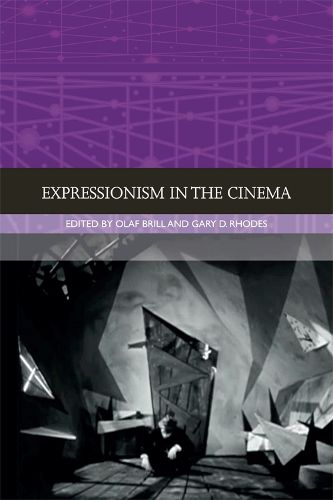Readings Newsletter
Become a Readings Member to make your shopping experience even easier.
Sign in or sign up for free!
You’re not far away from qualifying for FREE standard shipping within Australia
You’ve qualified for FREE standard shipping within Australia
The cart is loading…






One of the most visually striking traditions in cinema, for too long Expressionism has been a neglected critical category of research in film history and aesthetics. The fifteen essays in this anthology remedies this by revisiting key German films like The Cabinet of Dr. Caligari (1920) and Nosferatu (1922), and also provide original critical research into more obscure titles like Nerven (1919) and The Phantom Carriage (1921), films that were produced in the silent and early sound era in countries ranging from France, Sweden and Hungary, to the United States and Mexico.
An innovative and wide-ranging collection, Expressionism in the Cinema re-canonizes the classical Expressionist aesthetic, extending the critical and historical discussion beyond pre-existing scholarship into comparative and interdisciplinary areas of film research that reach across national boundaries.
$9.00 standard shipping within Australia
FREE standard shipping within Australia for orders over $100.00
Express & International shipping calculated at checkout
One of the most visually striking traditions in cinema, for too long Expressionism has been a neglected critical category of research in film history and aesthetics. The fifteen essays in this anthology remedies this by revisiting key German films like The Cabinet of Dr. Caligari (1920) and Nosferatu (1922), and also provide original critical research into more obscure titles like Nerven (1919) and The Phantom Carriage (1921), films that were produced in the silent and early sound era in countries ranging from France, Sweden and Hungary, to the United States and Mexico.
An innovative and wide-ranging collection, Expressionism in the Cinema re-canonizes the classical Expressionist aesthetic, extending the critical and historical discussion beyond pre-existing scholarship into comparative and interdisciplinary areas of film research that reach across national boundaries.